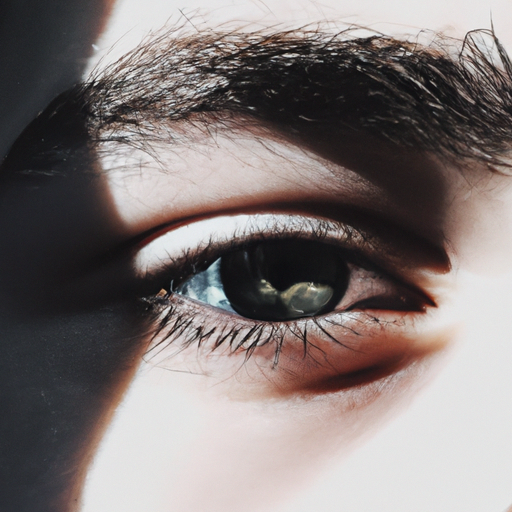As a dermatologist, I have seen firsthand the impact that aging can have on the skin, particularly around the eyes. This delicate area is often the first to show signs of aging, with fine lines, wrinkles, and dark circles becoming increasingly apparent as we grow older. However, there is a solution that can help to combat these signs of aging and restore a youthful appearance to the skin: anti-aging eye creams. These products are often hailed as the ‘fountain of youth’, and for good reason.
The skin around our eyes is thinner and more delicate than the rest of our face. It lacks oil glands, which makes it prone to dryness and premature aging. Additionally, constant movements such as blinking, squinting, and smiling can cause this area to develop lines and wrinkles faster than other parts of the face. Anti-aging eye creams are specially formulated to address these unique challenges.
One of the key ingredients in many anti-aging eye creams is retinol, a derivative of vitamin A. Retinol has been scientifically proven to stimulate collagen production, which helps to smooth out wrinkles and fine lines. It also accelerates cell turnover, which can help to reduce the appearance of dark circles under the eyes.
Another common ingredient in anti-aging eye creams is hyaluronic acid. This substance is naturally found in our bodies and plays a crucial role in maintaining skin hydration. As we age, our bodies produce less hyaluronic acid, leading to dryness and the formation of wrinkles. By replenishing the skin’s hyaluronic acid levels, these creams can help to restore moisture and plump up the skin, reducing the appearance of fine lines and wrinkles.
Antioxidants like vitamin C and E are also frequently found in anti-aging eye creams. These substances help to protect the skin from environmental damage, such as pollution and UV rays, which can accelerate the aging process. They also help to brighten the skin and reduce the appearance of dark circles.
Peptides are another key ingredient in many anti-aging eye creams. These small proteins penetrate the skin and stimulate collagen production, helping to firm and tighten the skin around the eyes. They can also help to reduce puffiness and under-eye bags, giving the skin a more youthful appearance.
While anti-aging eye creams can work wonders, it’s important to remember that they are not a magic cure-all. They should be used as part of a comprehensive skincare routine that includes sun protection, a healthy diet, and plenty of sleep. It’s also crucial to apply these products correctly. Always use a gentle patting motion to apply the cream, as rubbing can cause irritation and further damage to the skin.
In conclusion, anti-aging eye creams can be a powerful tool in the fight against aging. With their potent combination of retinol, hyaluronic acid, antioxidants, and peptides, they can help to reduce the appearance of wrinkles, fine lines, and dark circles, restoring a youthful glow to the skin. However, they should be used in conjunction with other healthy lifestyle habits for the best results. So while we may not have found the literal fountain of youth, these creams are certainly a step in the right direction.




